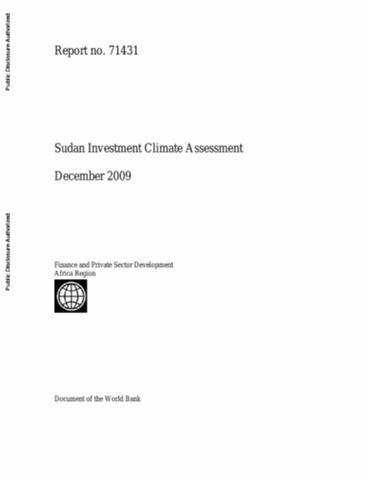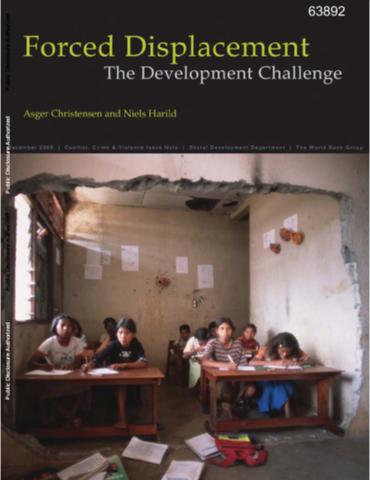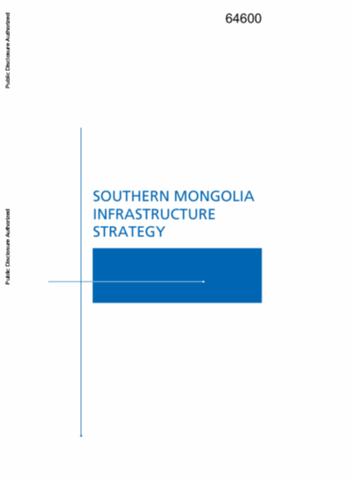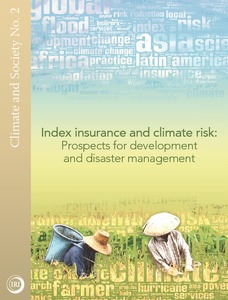Determining the effects of habitat management and climate on the population trends of a declining steppe bird
The Little Bustard Tetrax tetrax is one of the most threatened steppe bird species in Europe, due mainly to agricultural intensification. Despite the relative importance of the Iberian population (approximately 50% of the global population) little is known about its dynamics and trends, especially in core distribution areas. This study evaluates the influences of meteorological factors and land management on the oscillations and medium-term trends of two Little Bustard populations in Central Spain.







